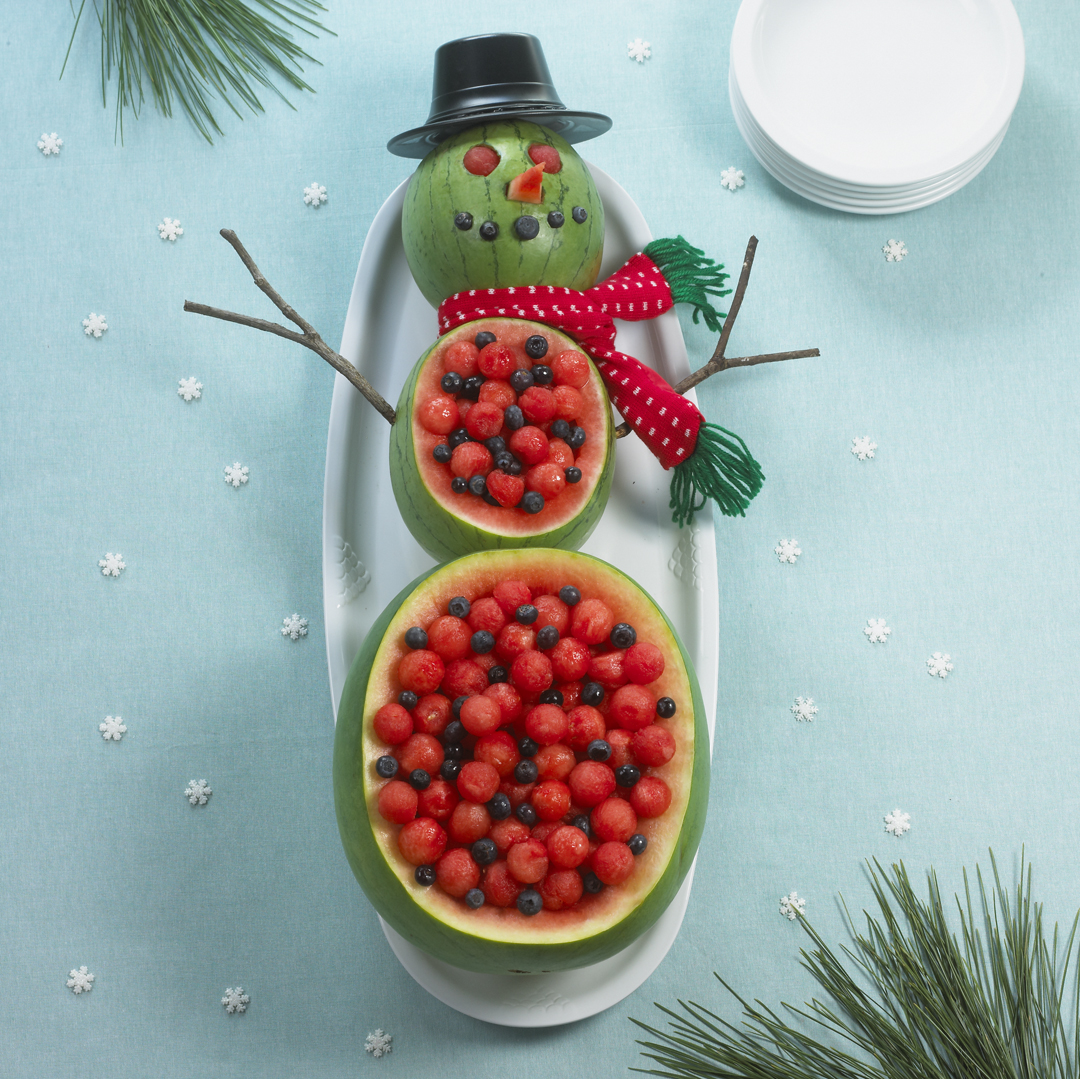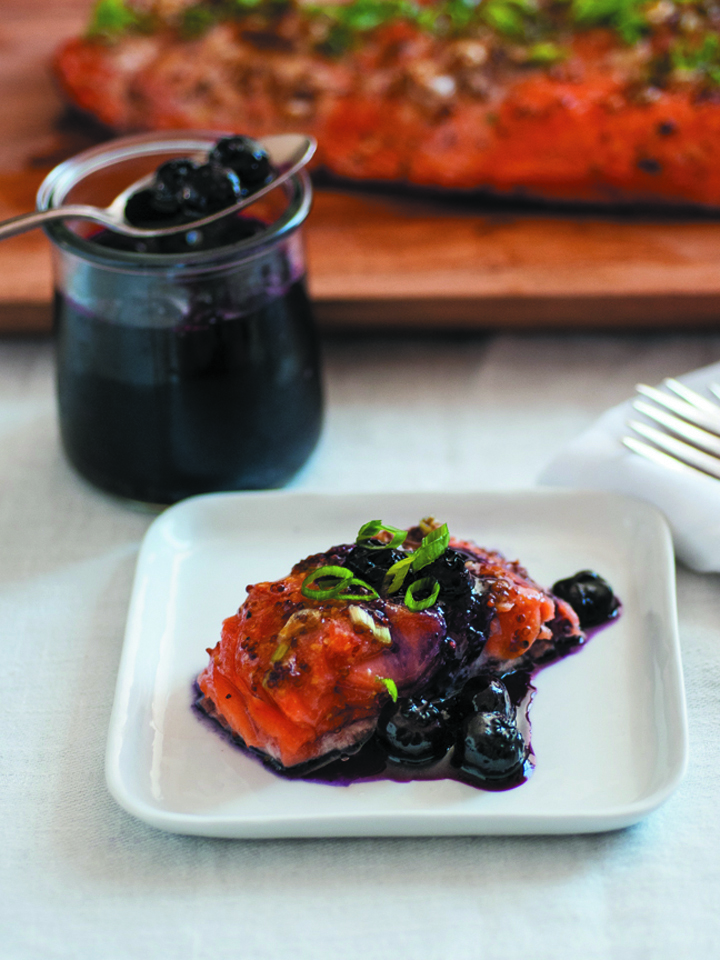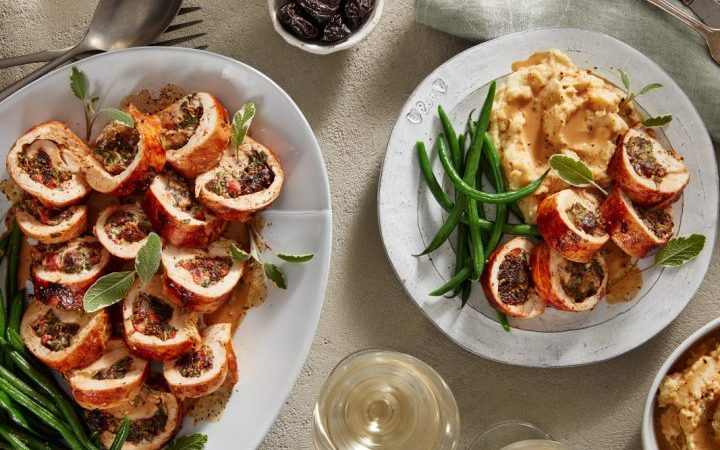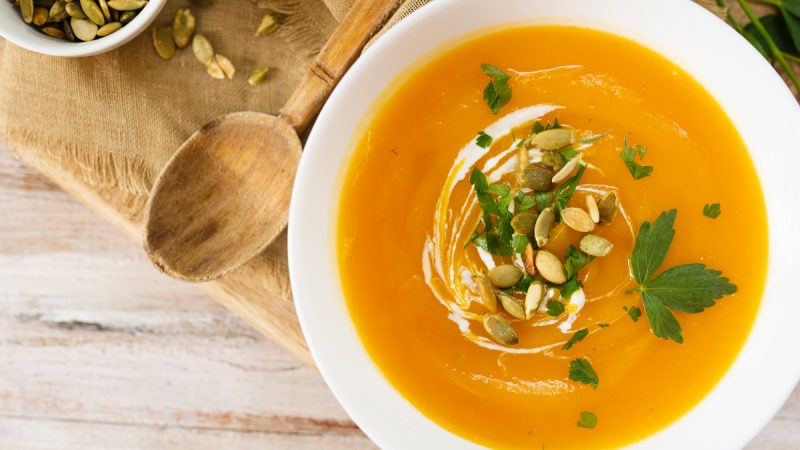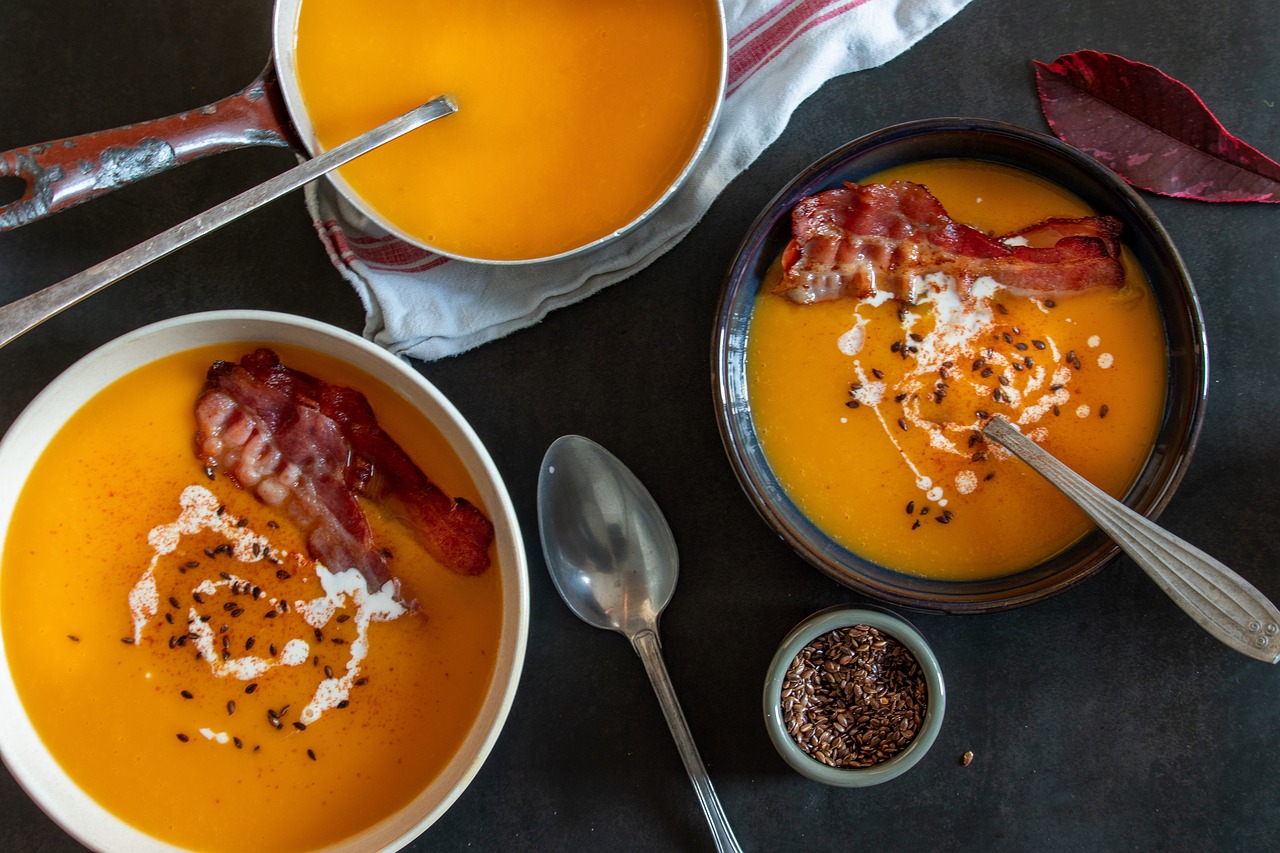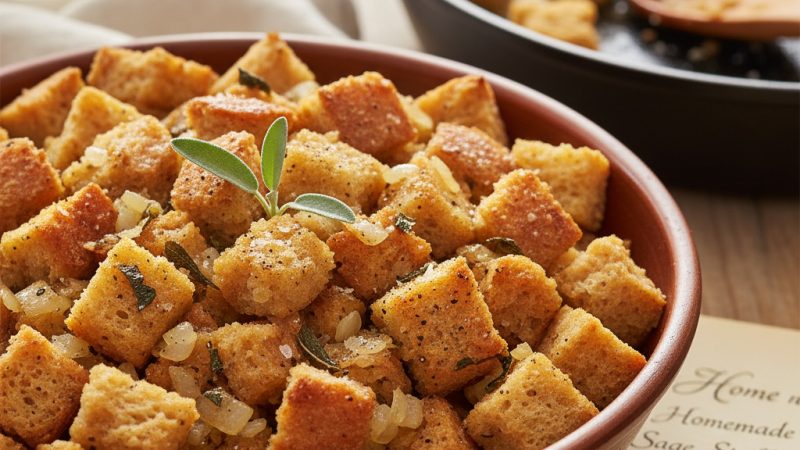New Potatoes and Green Beans Genovese
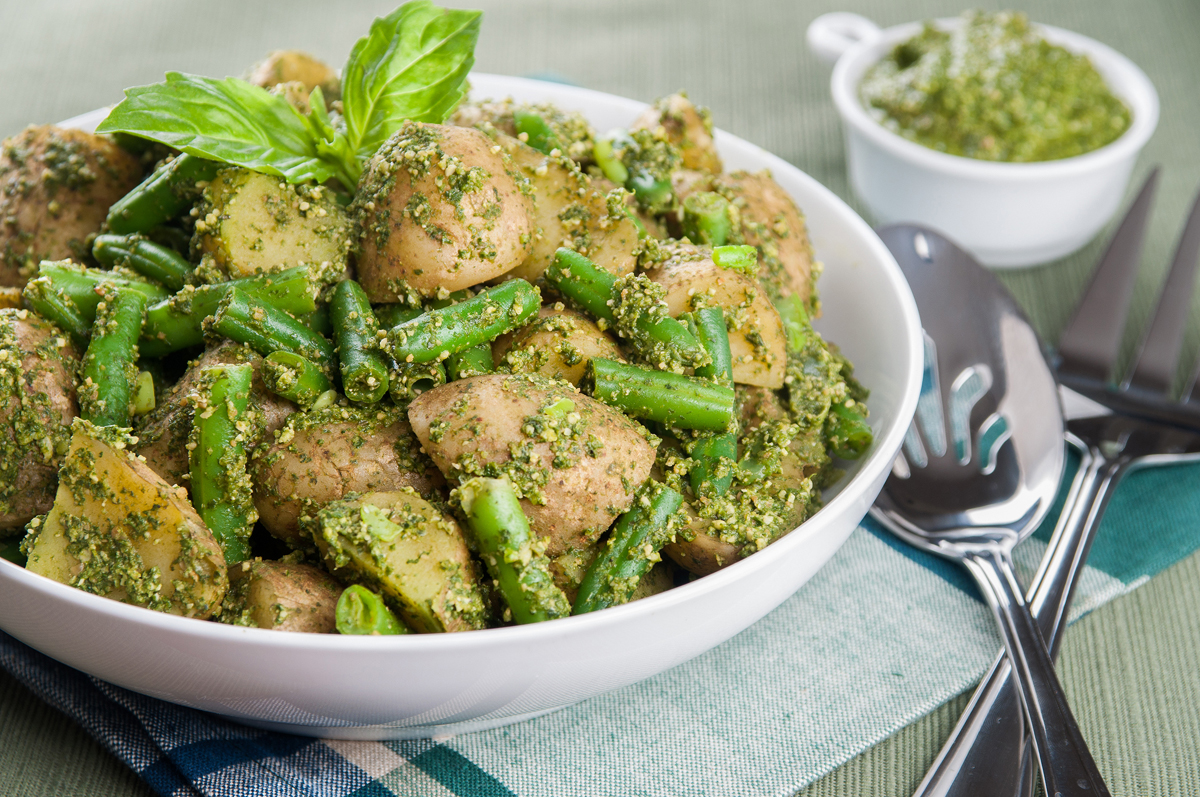
Spring is a time to reconnect to the earth, and what better way than to combine new potatoes with pesto Genovese. Traditionally pasta alla Genovese is made with pasta, of course, and potatoes, green beans and pesto. For a lighter dish, we’re featuring one of spring’s first garden gems, new potatoes with a unique pesto.
Some cooks still prepare pesto Genovese, also known as Genoese basil sauce, the traditional way by using a pestle and mortar (a heavy stone or hard wooden bowl and a club-like piece to grind and crush ingredients), but for most a food processor is quicker and more convenient. Pesto, which originated in Genoa, in the Liguria region of northern Italy, is a unique and wonderful way to serve potatoes, as well as pasta. The word itself seems to derive from the Italian pestare, meaning to pound or crush.
This pesto features both fresh basil and baby spinach. By including spinach, you get an extra boost of vitamin C and iron, plus you’re a little closer to meeting your daily veggie goal. Pesto recipes typically call for pine nuts or walnuts, but sunflower seeds give a slightly crunchier pesto texture. Sunflower seeds are loaded with protein, essential linoleic fatty acid, fiber, vitamin E, selenium and phytosterols, which help lower blood cholesterol. Keep sunflower seeds in an airtight container in the refrigerator because of their high polyunsaturated fat content.
New potatoes, which have thin skins and a crisp texture, are young potatoes harvested from April to July. Unlike their fully-grown counterparts, though, they tend to keep their shape, making them perfect for potato salads. In addition, they are a bit sweeter because their sugar has not yet converted into starch. When buying new potatoes look for firm potatoes with dry, smooth, unblemished skin – slightly flakey skin is okay. Store new potatoes unwashed in a cool, dry, dark, well-ventilated place and be sure to cook within a few days.
This Genovese inspired dish has a generous amount of green beans, pesto and cancer-protective garlic. If you prefer using less pesto, then save some for spreading on bread for sandwiches or for snacking on with carrot sticks. This fragrant dish pairs well with roasted herbed chicken to make a wonderfully flavorful and nutritious meal.
New Potatoes and Green Beans Genovese
Makes 6 servings. Per serving: 223 calories, 10 g total fat (2.5 g saturated fat), 28 g carbohydrate, 8 g protein, 5.5 g dietary fiber, 145 mg sodium.
Ingredients:
- 2 cups fresh basil leaves (packed firm (4 oz. pkg. with stems, remove stems))
- 1/2 cup grated Parmesan cheese
- 1/4 cup lightly toasted sunflower seeds (or chopped walnuts or pine nuts)
- 2-3 large cloves garlic
- 2 Tbsp. extra virgin olive oil
- 4 tsp. fresh lemon juice
- 2 cups baby spinach (firmly packed)
- 1½ lb. small new potatoes (unpeeled, cut in half (or in quarters if large), 1-inch pieces)
- 3 cups fresh or frozen cut green beans (1-inch pieces)
- Salt and freshly ground pepper
Directions:
In large pot, bring 3 quarts water to boil.
For pesto, in bowl of food processor, add basil, cheese, sunflower seeds, garlic, oil and lemon juice. Blend until smooth, 1-2 minutes, scraping bowl 2-3 times. Leave in bowl, covered.
Add spinach to boiling water and cook until just wilted, 1 minute. Using slotted spoon, transfer spinach to food processor bowl.
Add potatoes and green beans to pot and cook for 10 minutes.
While potatoes and beans cook, finish pesto by blending spinach with pesto in food processor until smooth. Leave covered and set aside.
When potatoes are fork tender, drain potatoes and green beans in colander and return to pot. Add pesto and gently toss. Season to taste with salt and pepper. Serve warm or cold.
The Author:
The American Institute for Cancer Research champions the latest and most authoritative scientific research from around the world on cancer prevention and survival through diet, weight and physical activity, so that we can help people make informed lifestyle choices to reduce their cancer risk. www.aicr.org.

